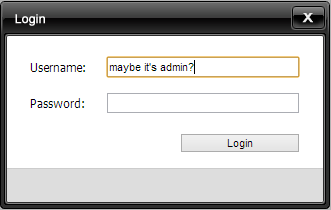A while ago I purchased an HP Home Media Server as an external storage device for backups and other files. I really like the form factor and how it has a decent CPU. Most NAS boxes are crippled by their processor which severally limits network throughput. Not so with this guy.

There are many reviews out there saying how great this thing is. Hyping the merits of WHS (Windows Home Server) and the whole backup architecture. Some even proclaiming it has saved their marriage.
I admit that WHS is a cool concept, and for general home users it is great. More advanced users have even gone as far as creating custom add-ons that extend the original functionality. Then there are users such as myself who want even more control; so end up just installing Linux on the thing.
“WHY?” I hear you scream. “Why would someone want to replace the existing operating system that is purpose built for the box, and replace it with a harder to use system?”
Control. Being able to easily control which software is installed and what services are provided. This means my server now boots to a network ready file serving state in under twenty seconds. This would easily take over a minute if not more with WHS. Then again most users would leave their server running all the time. But we’ve already established that I’m not most users…
–
Biggest problem to installing Linux on the MediaSmart server is that it doesn’t actually have a VGA/DVI/HDMI/display port. So you can’t even see what you are doing. Thankfully ymboc on mediasmartserver.net broke out an oscilloscope and worked out how to wire up a VGA port. Which is why you can see a VGA connector on the front of my server (pictured).
Everything else pretty much works out of the box. Except for the front LEDs. One of which blinks annoyingly at full brightness. This of course drove me nuts and I ended up writing a little utility to control them all.
Source for that Linux LED control utility can be found on bitbucket.

